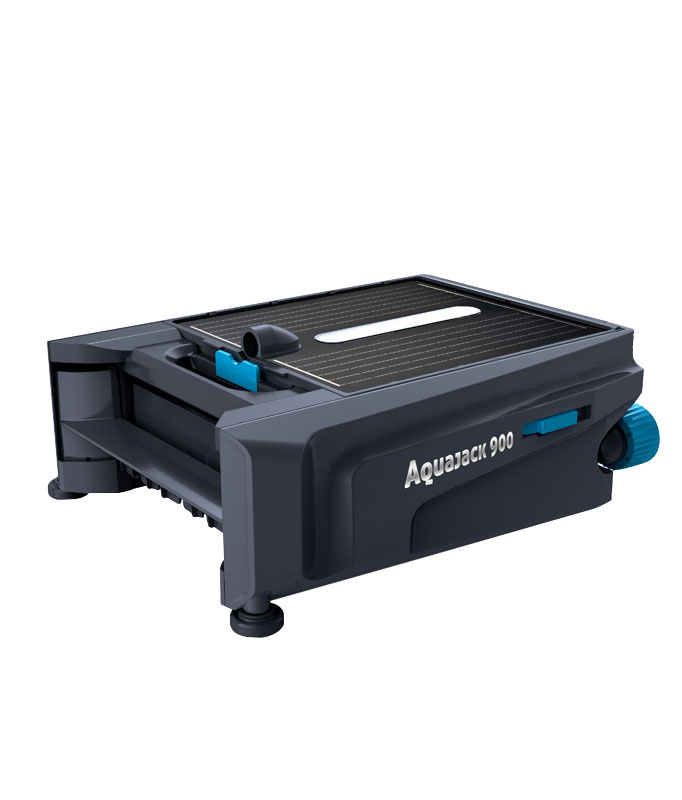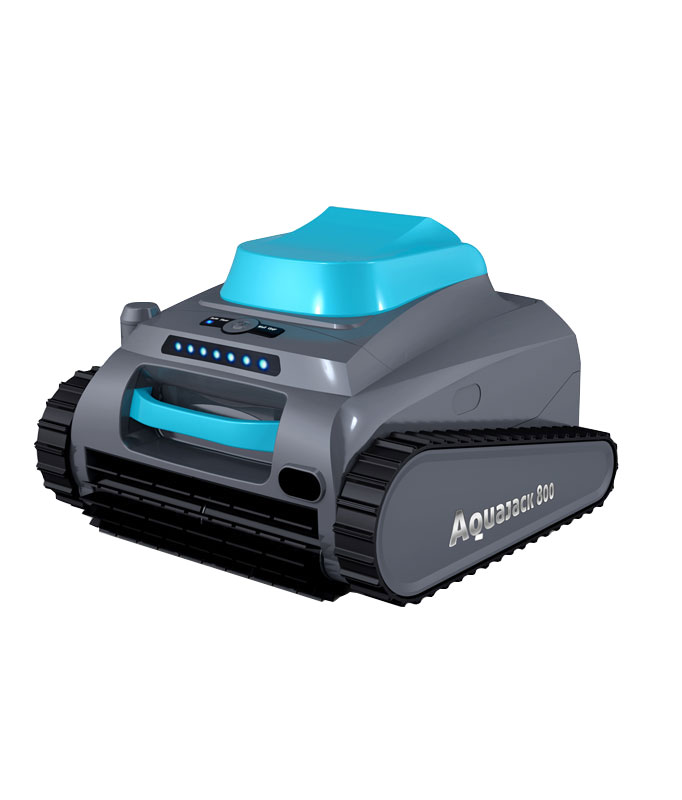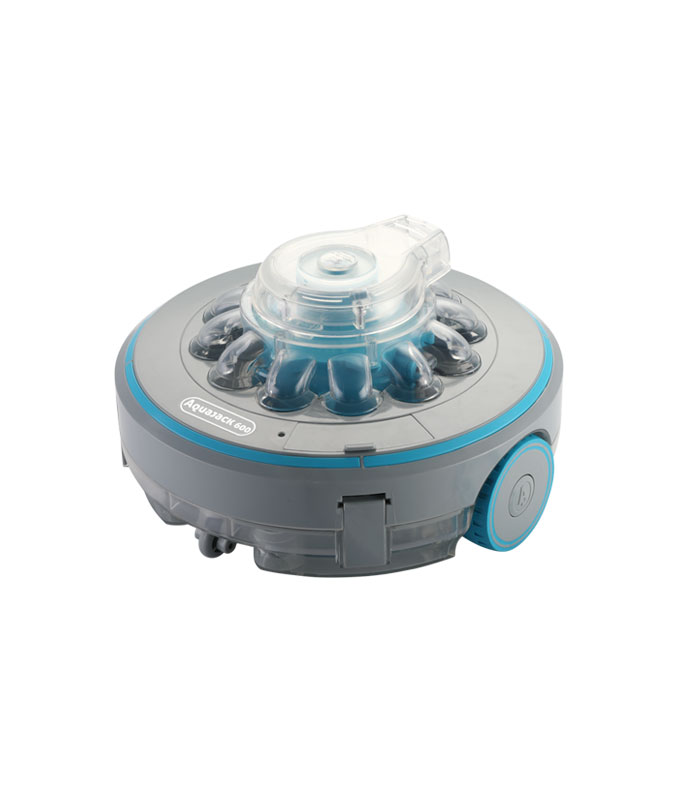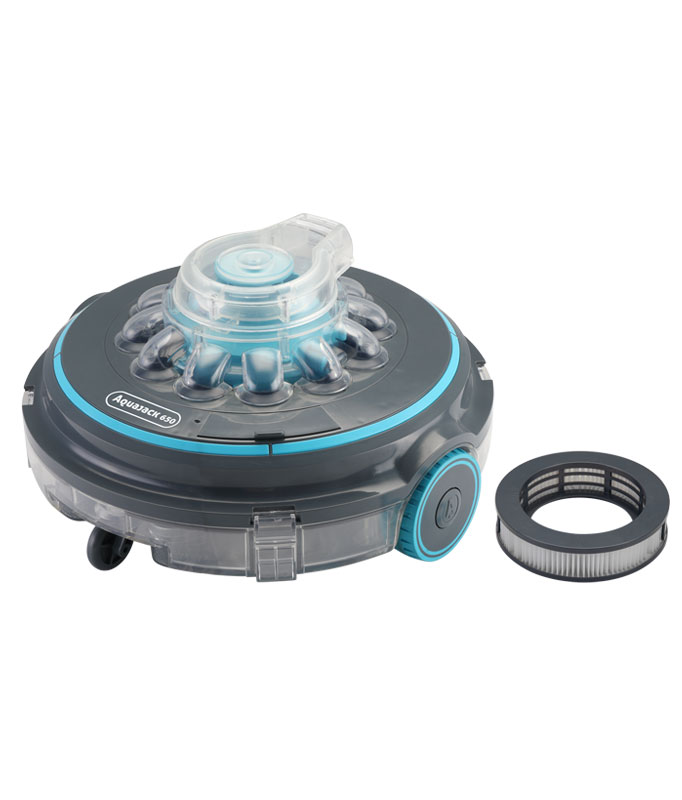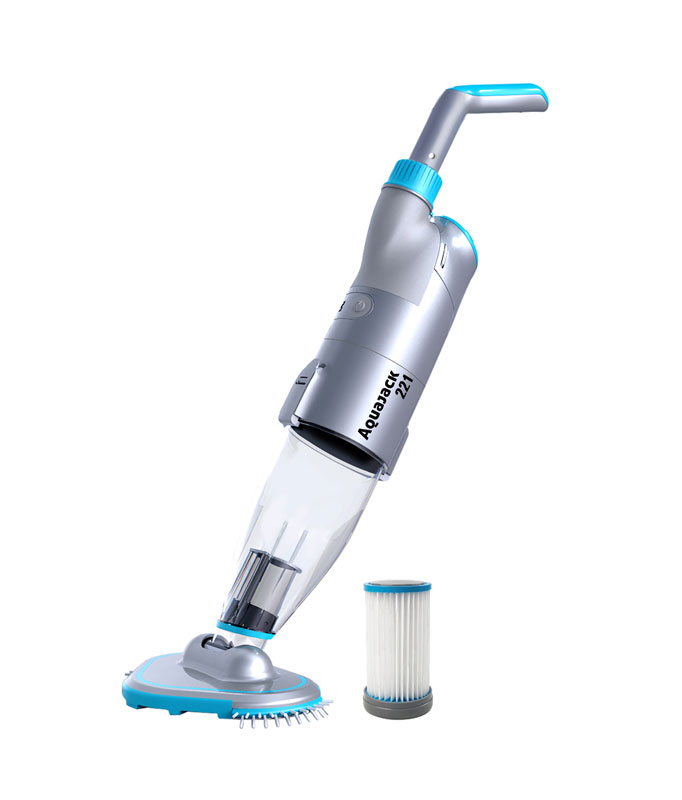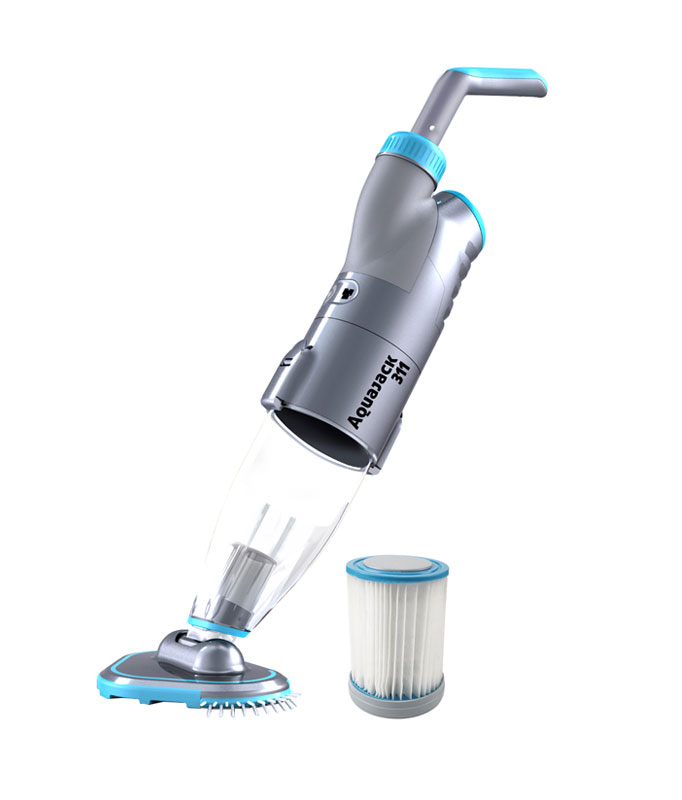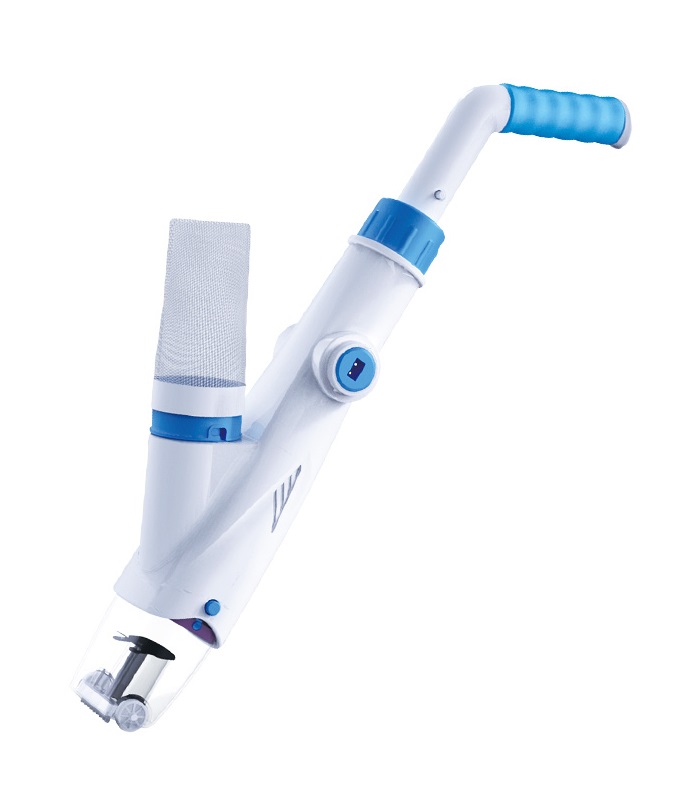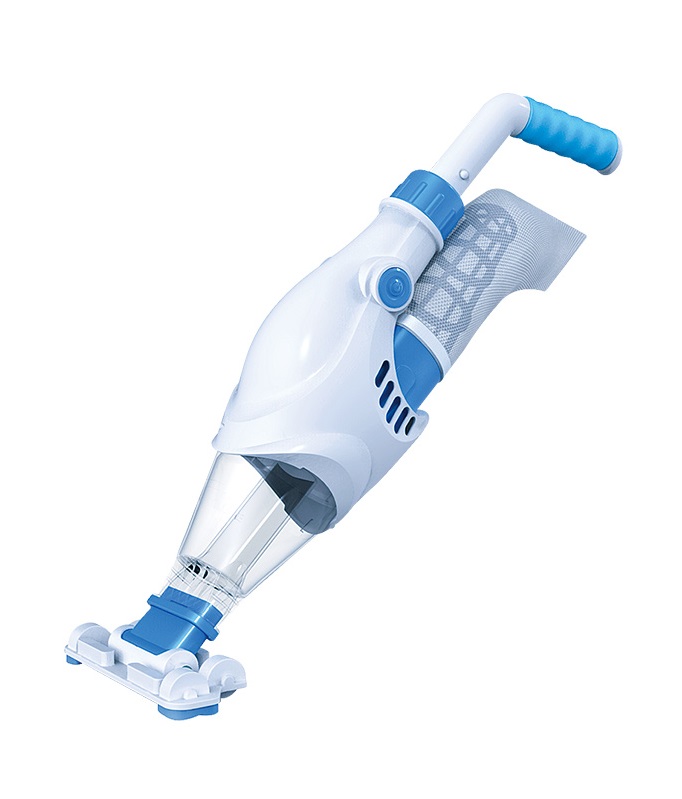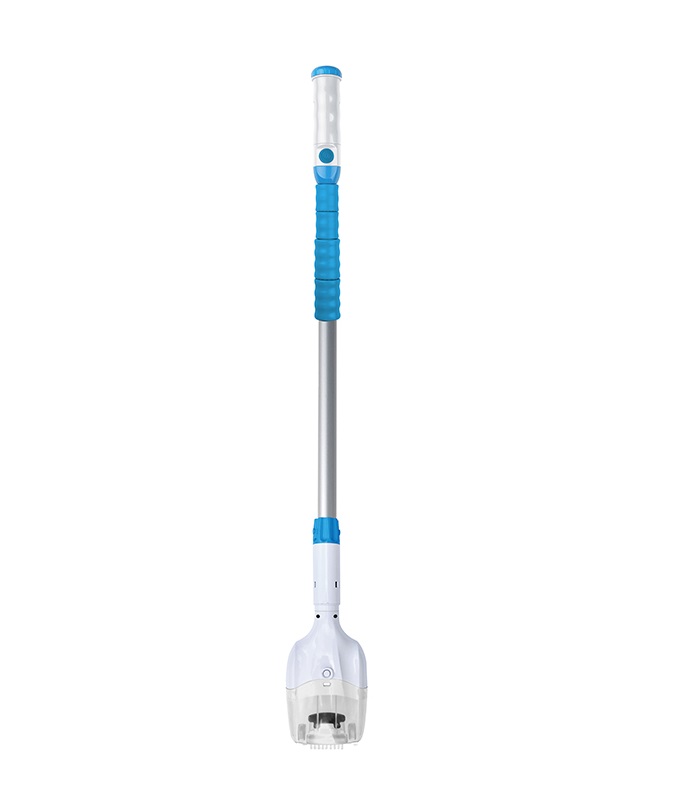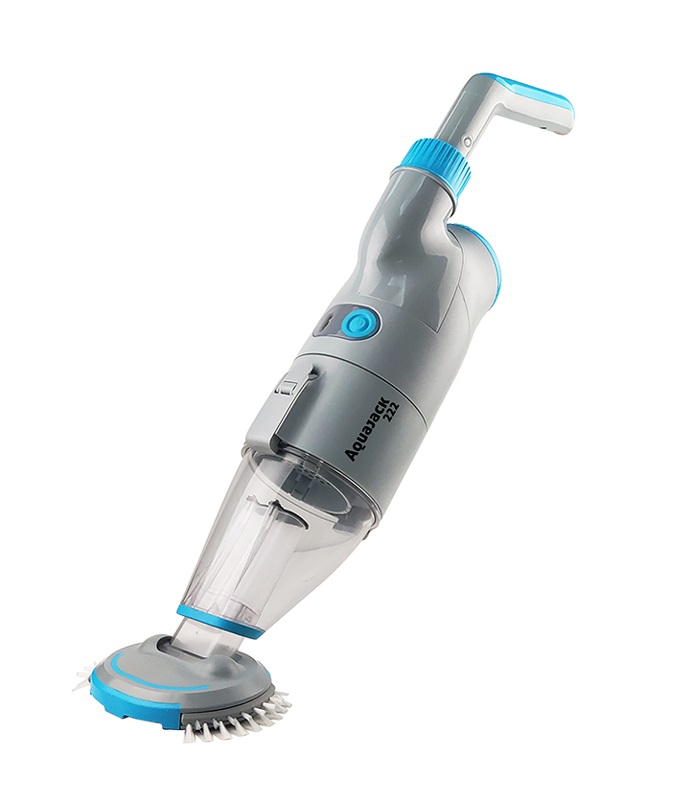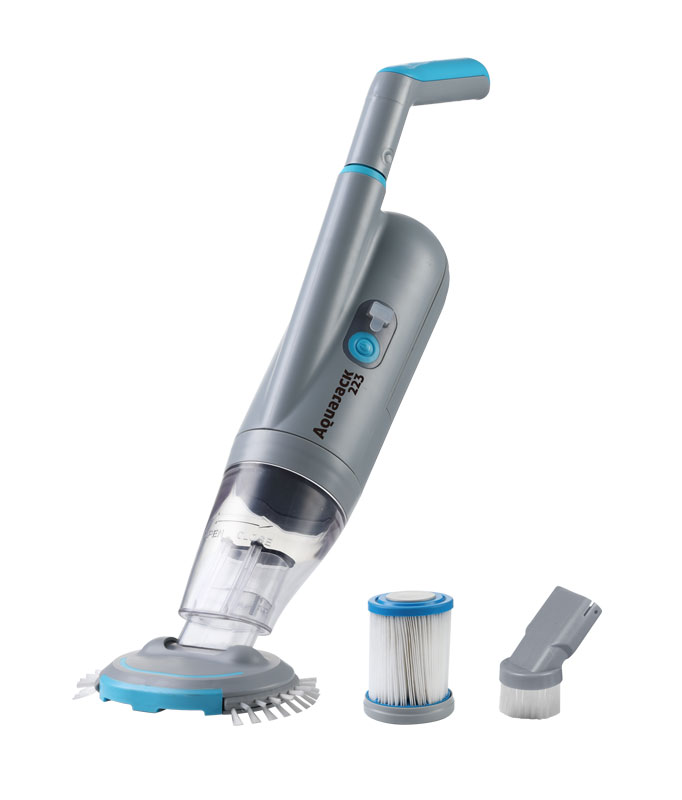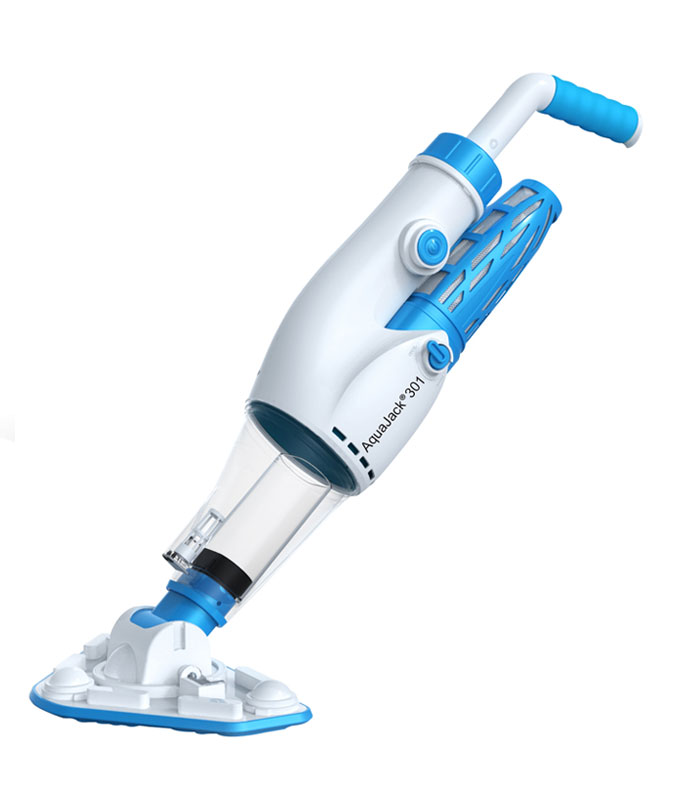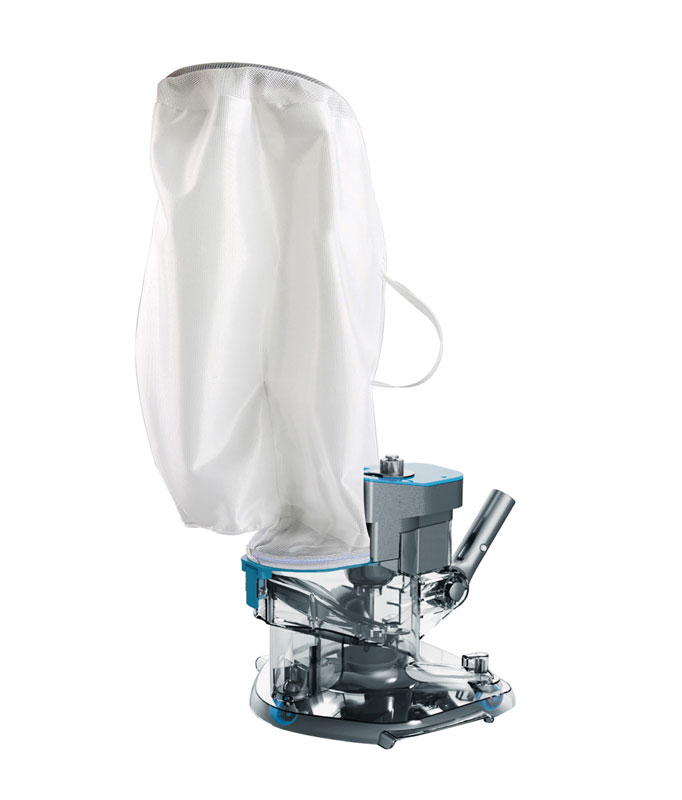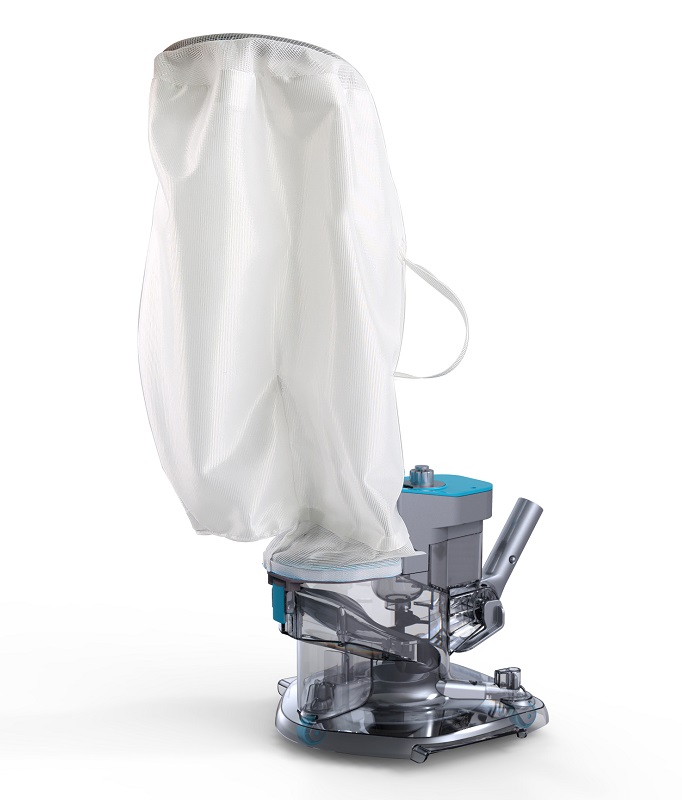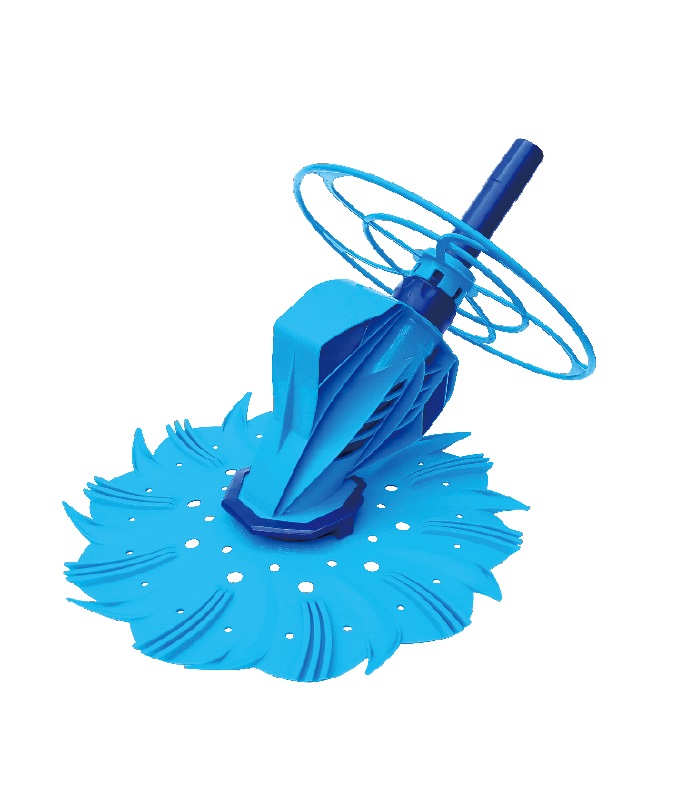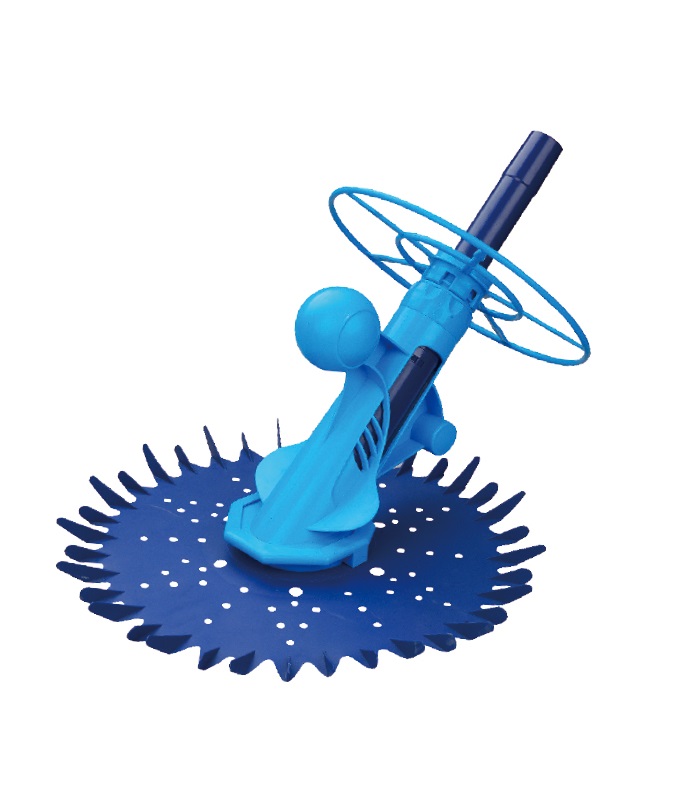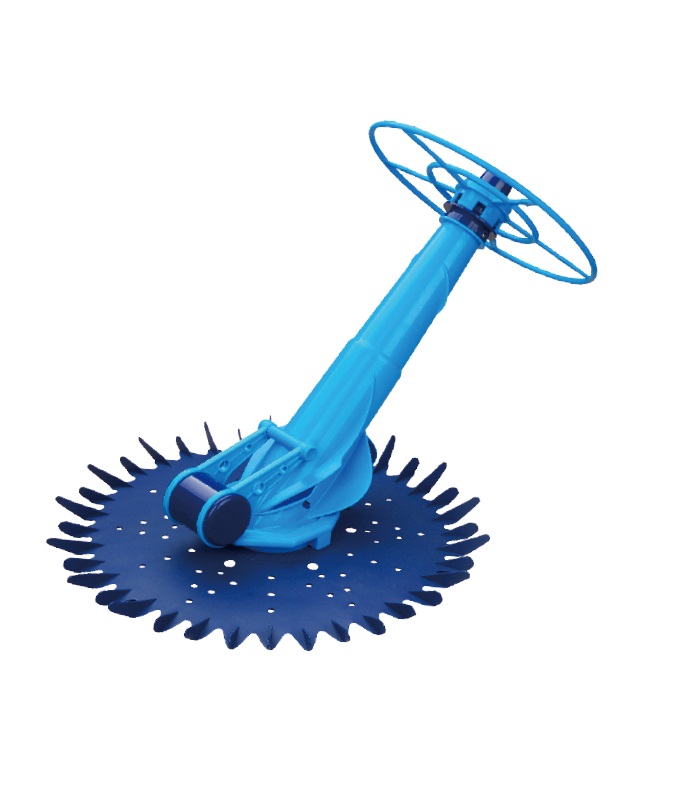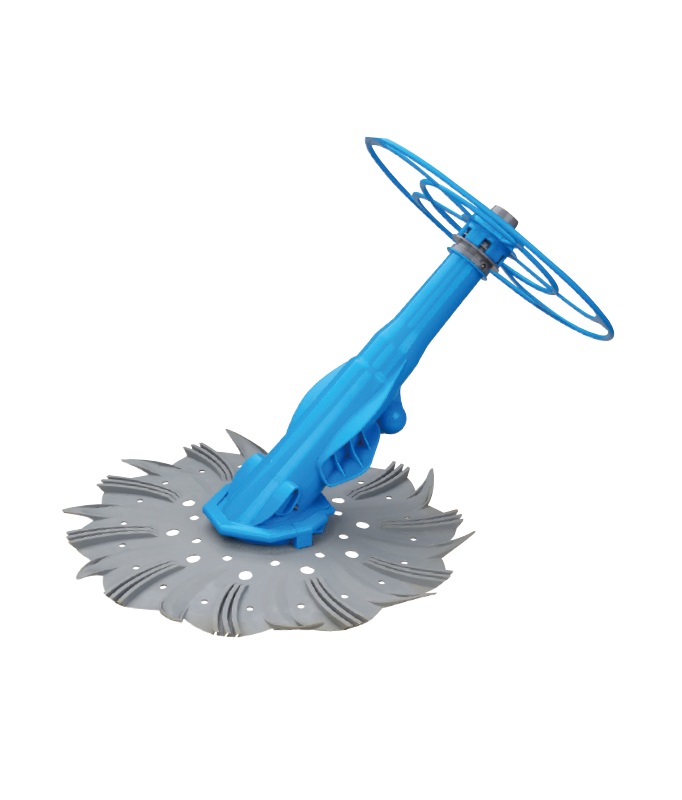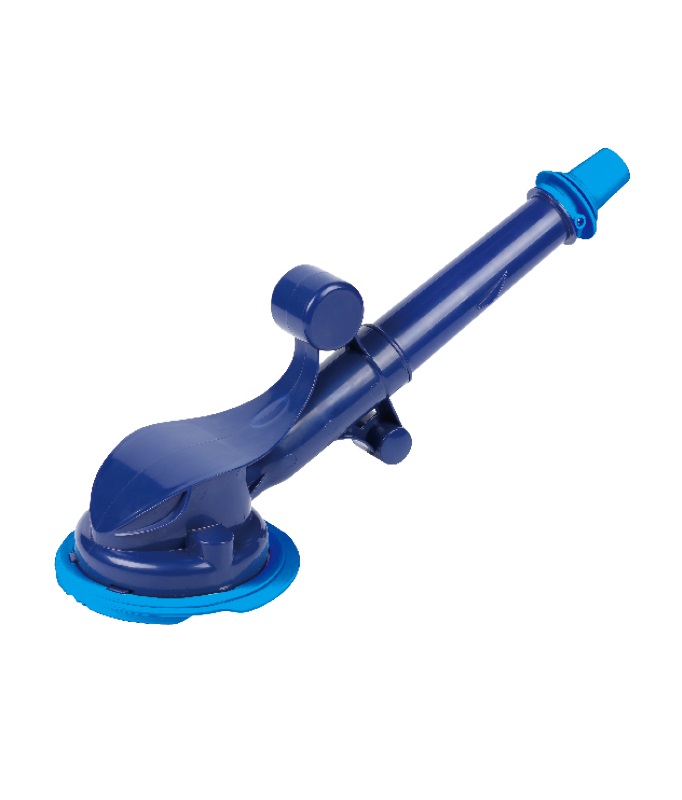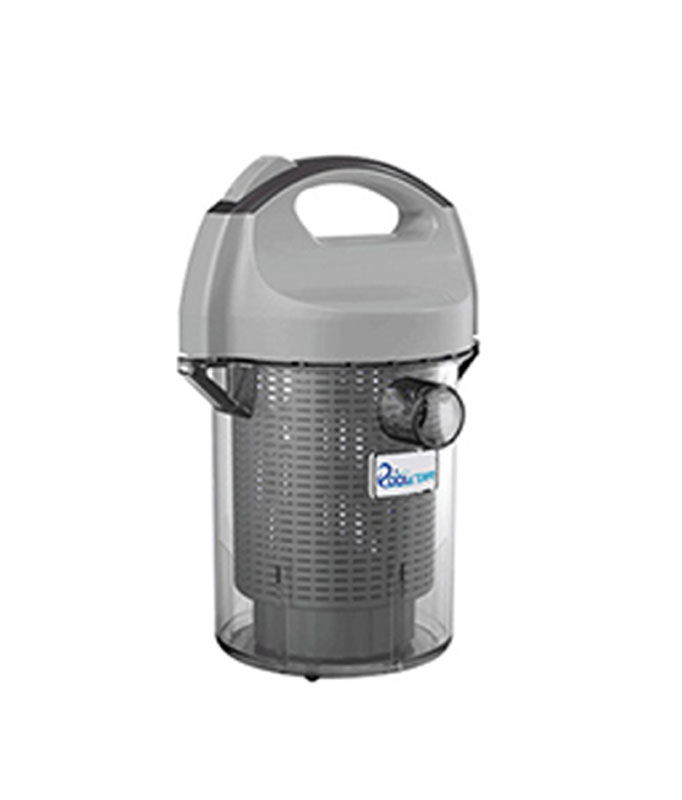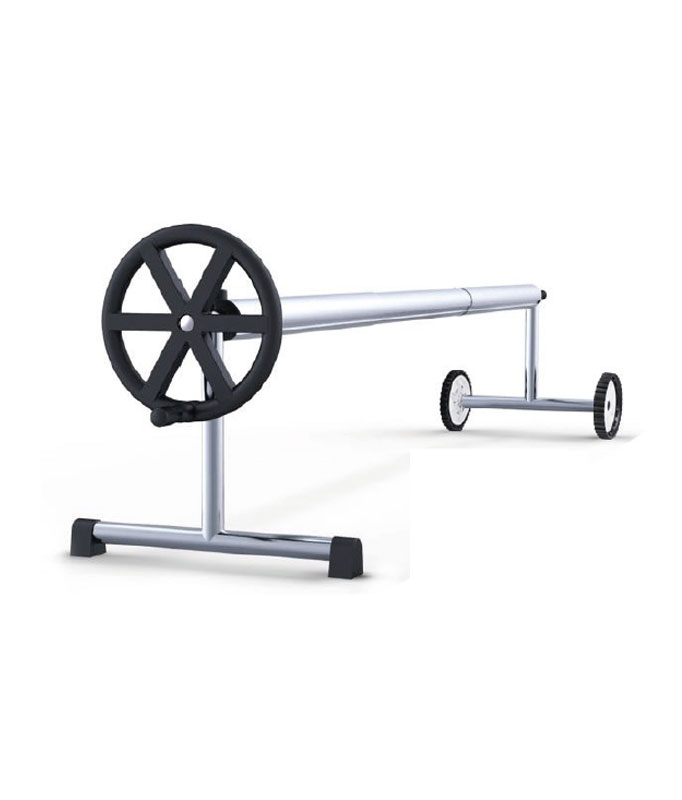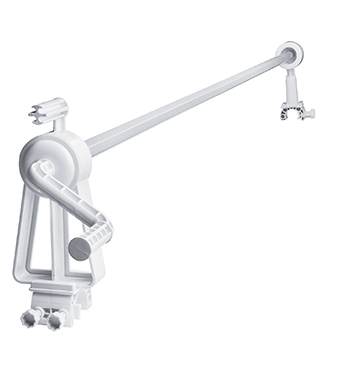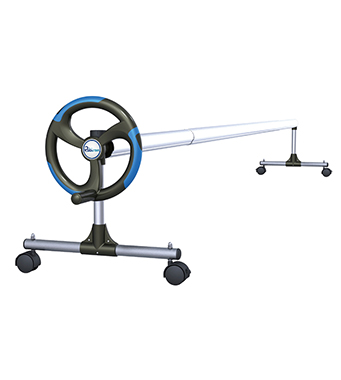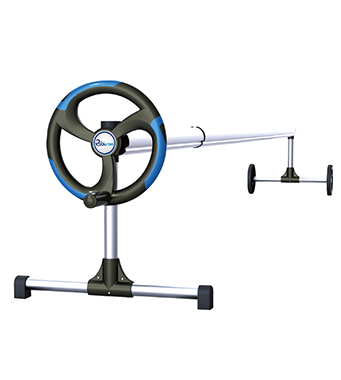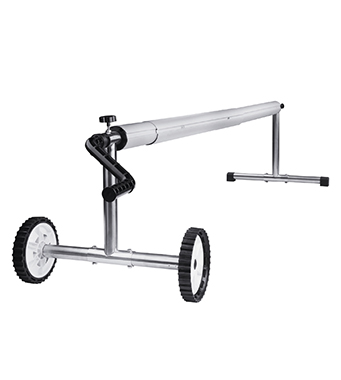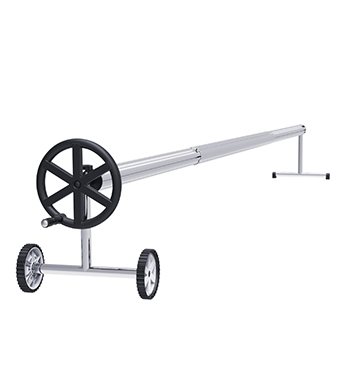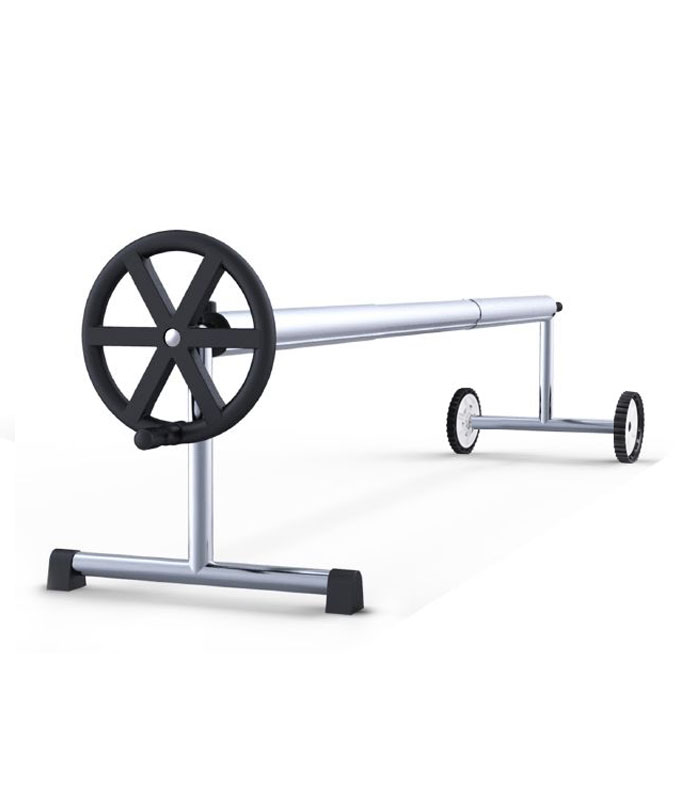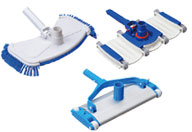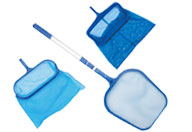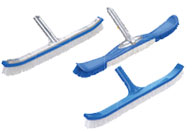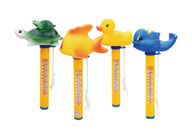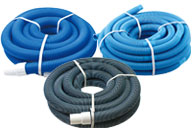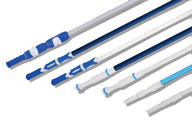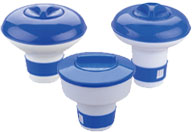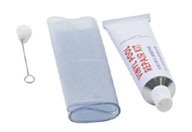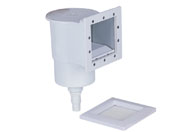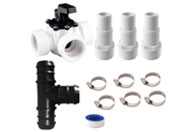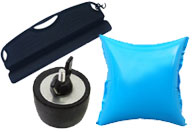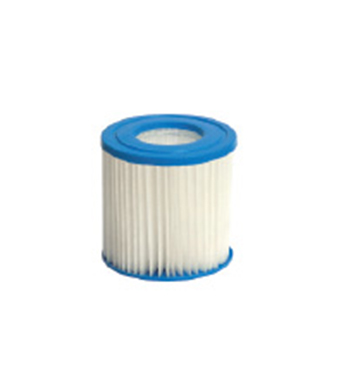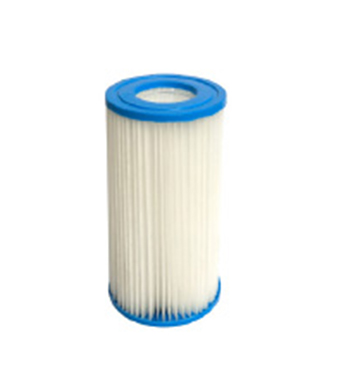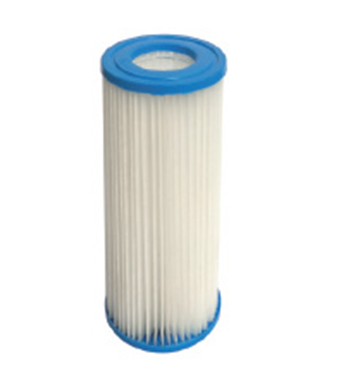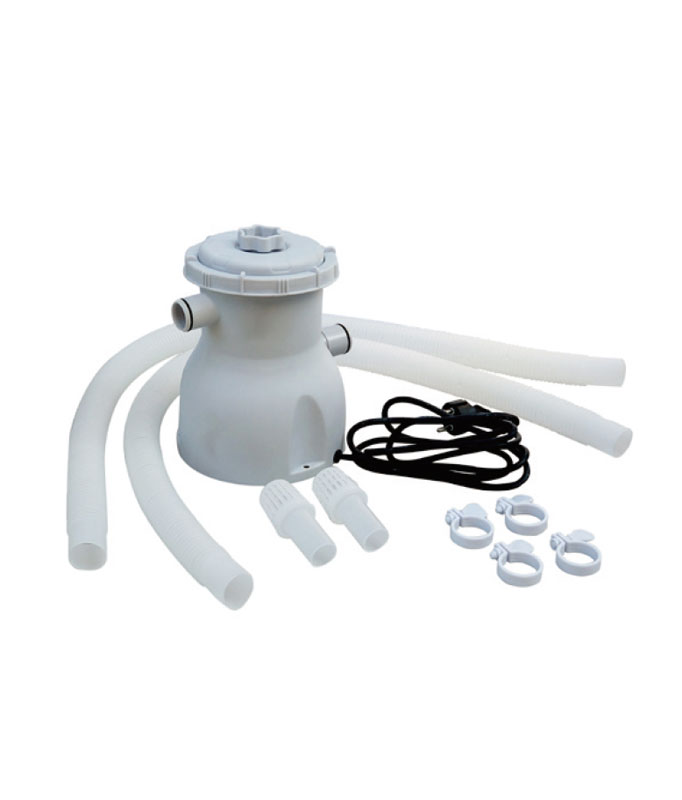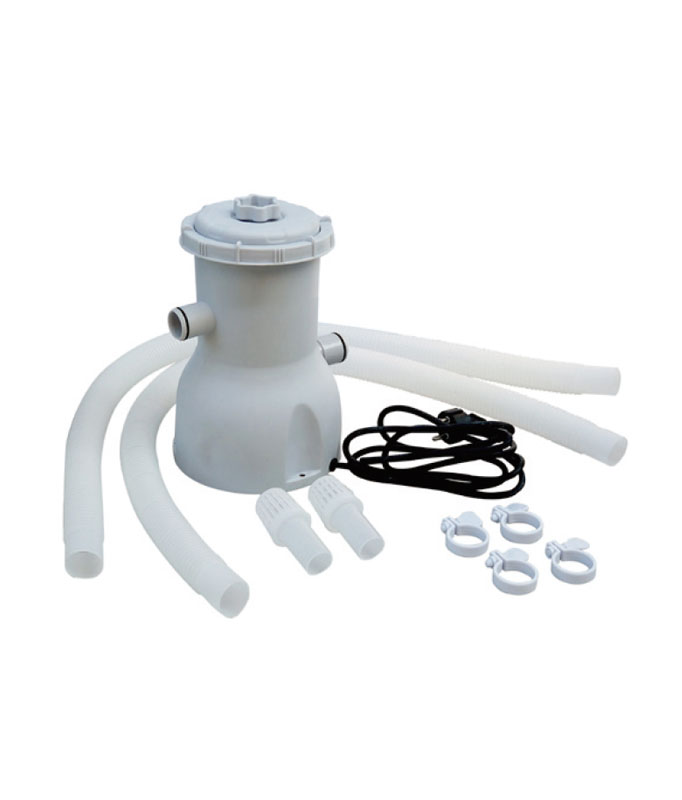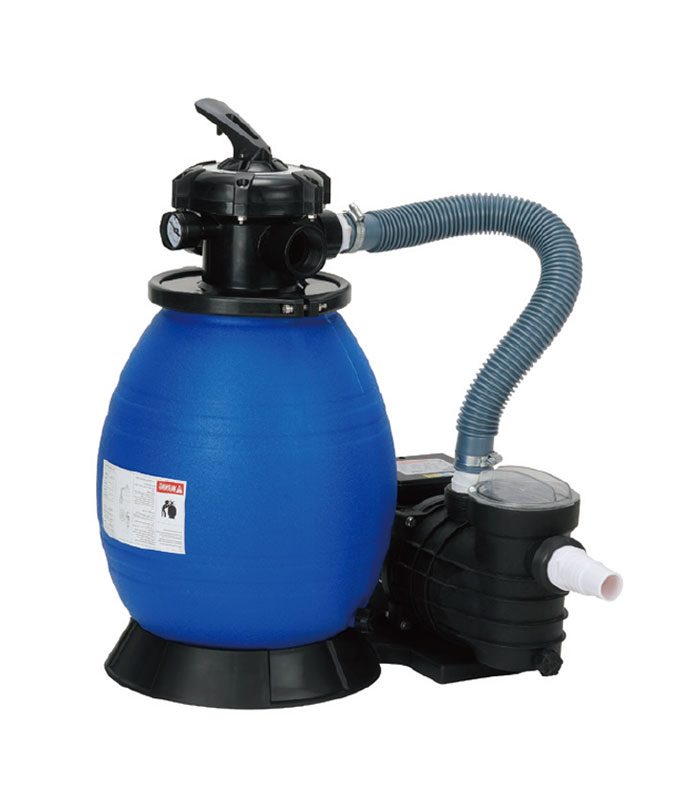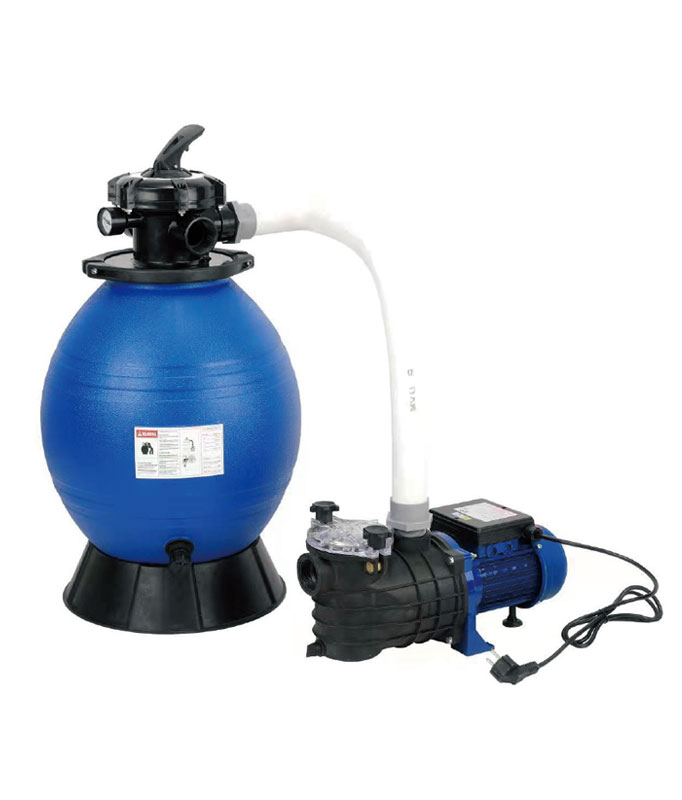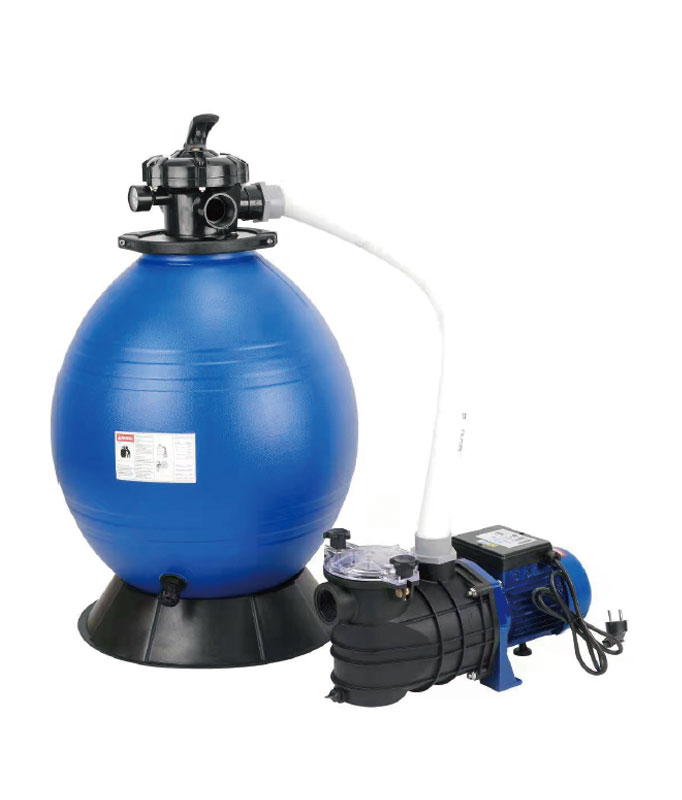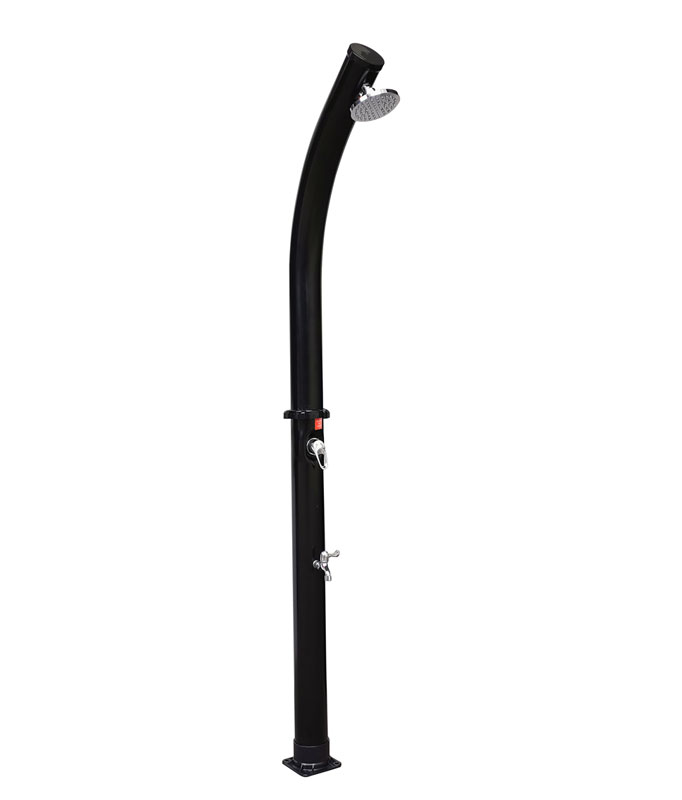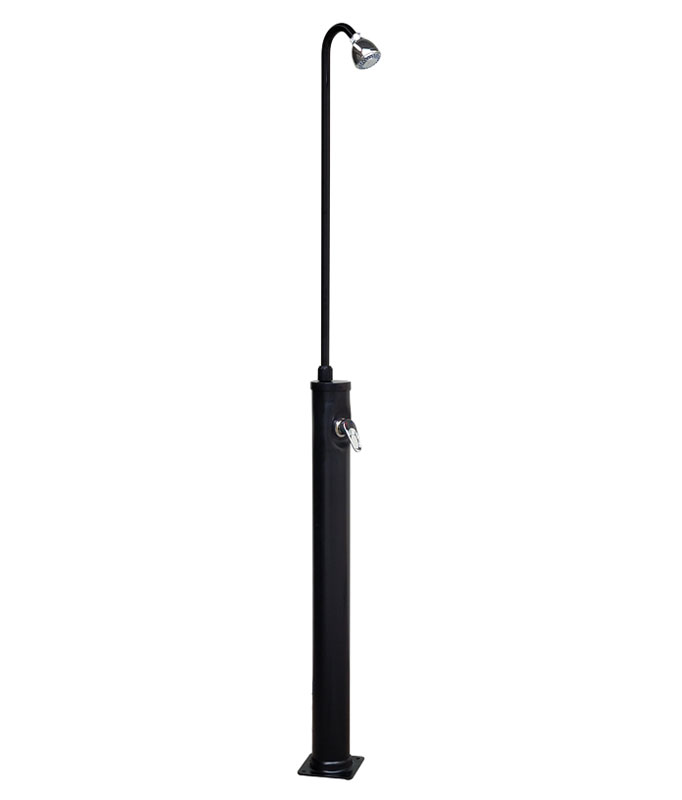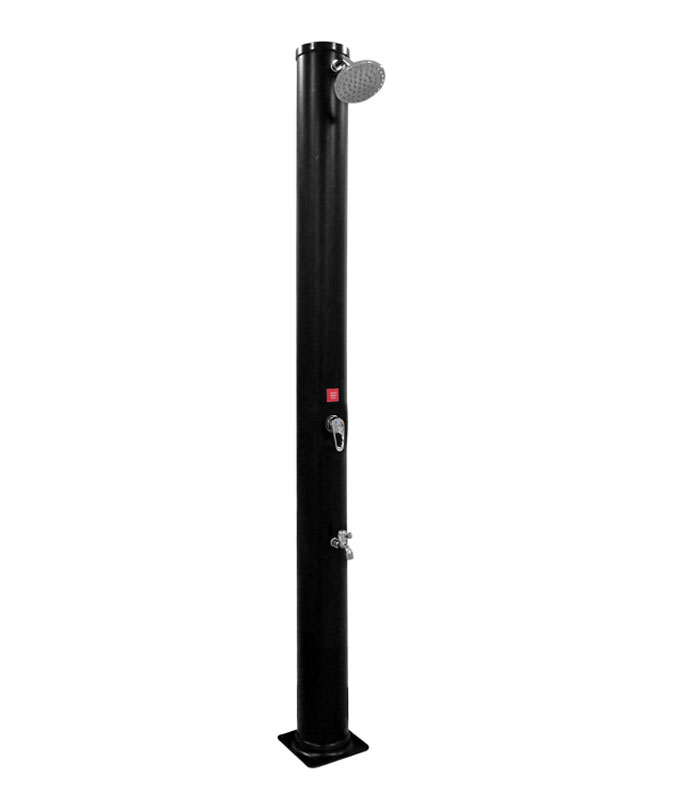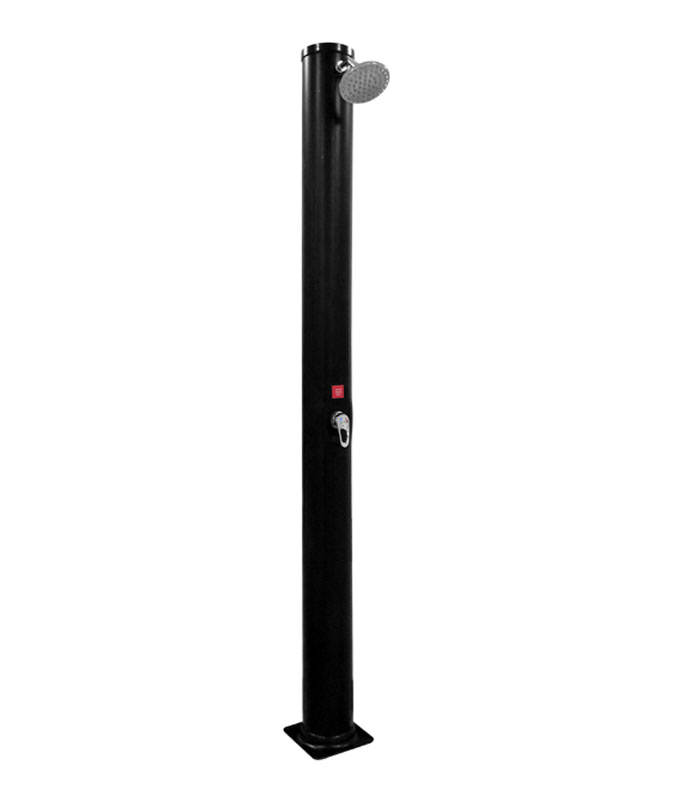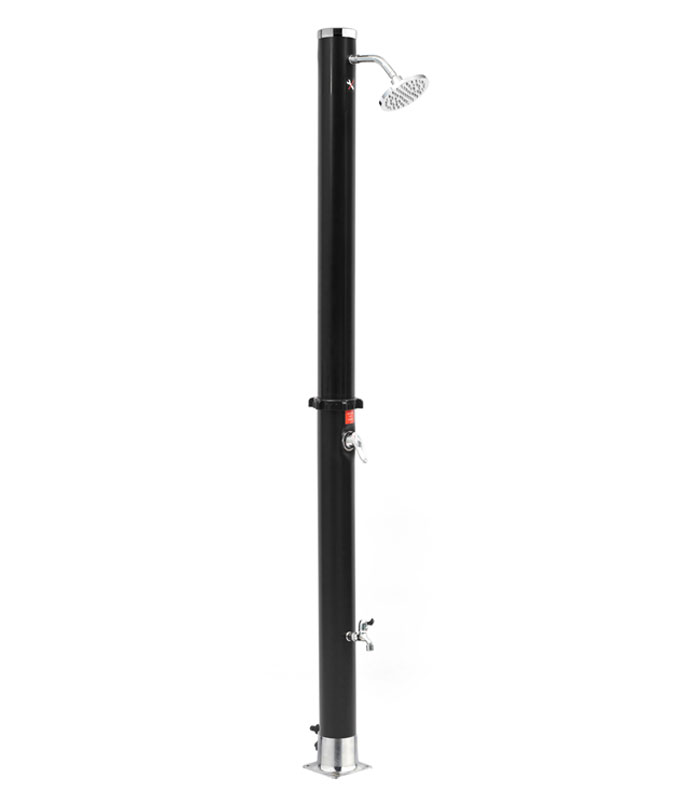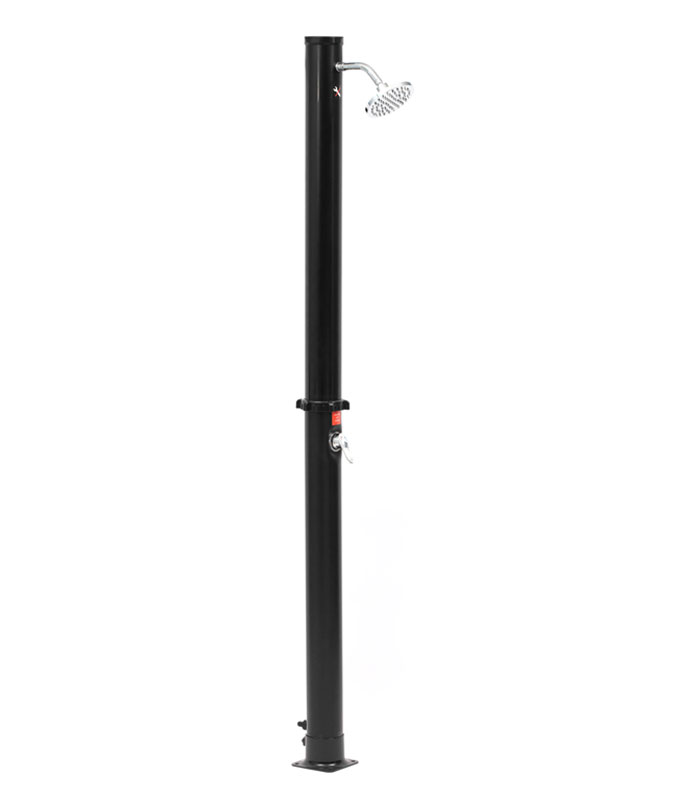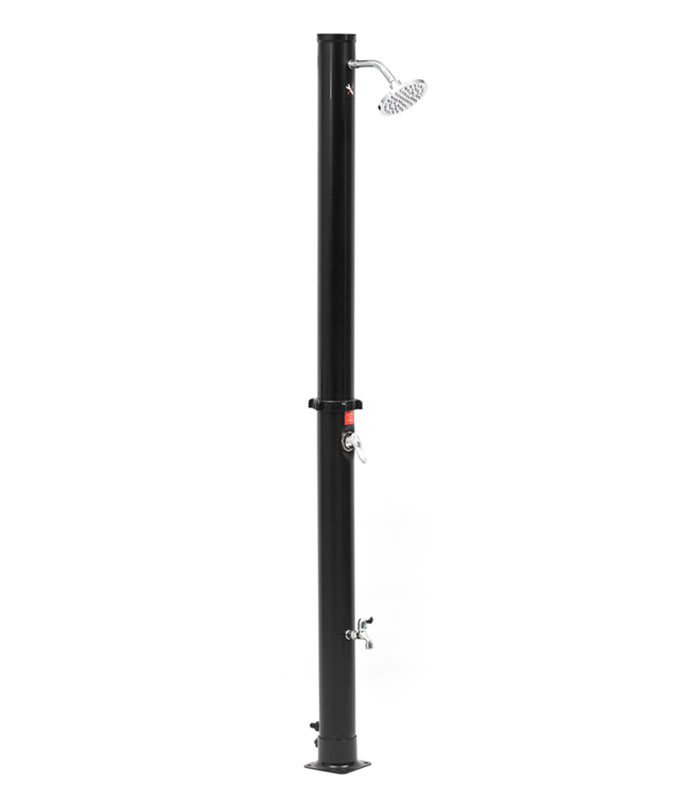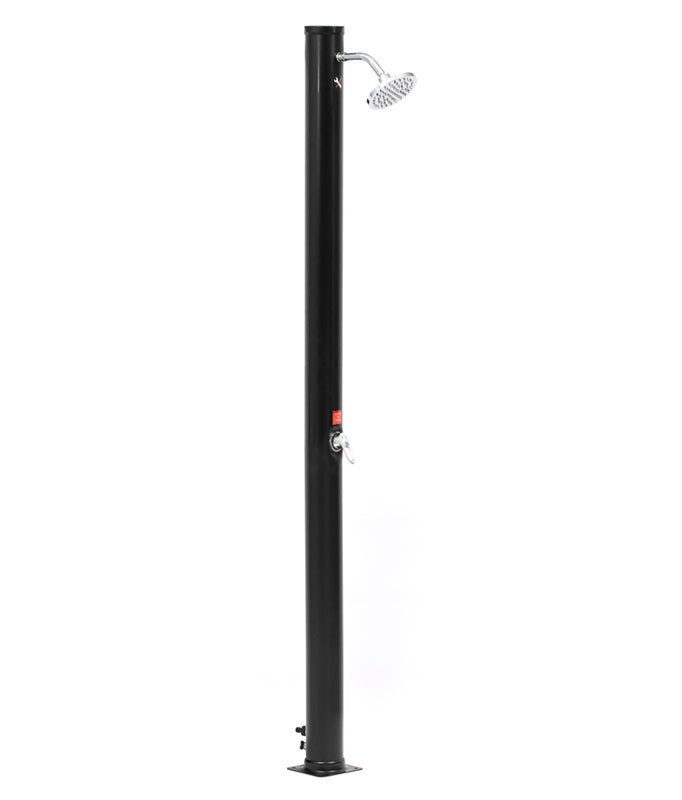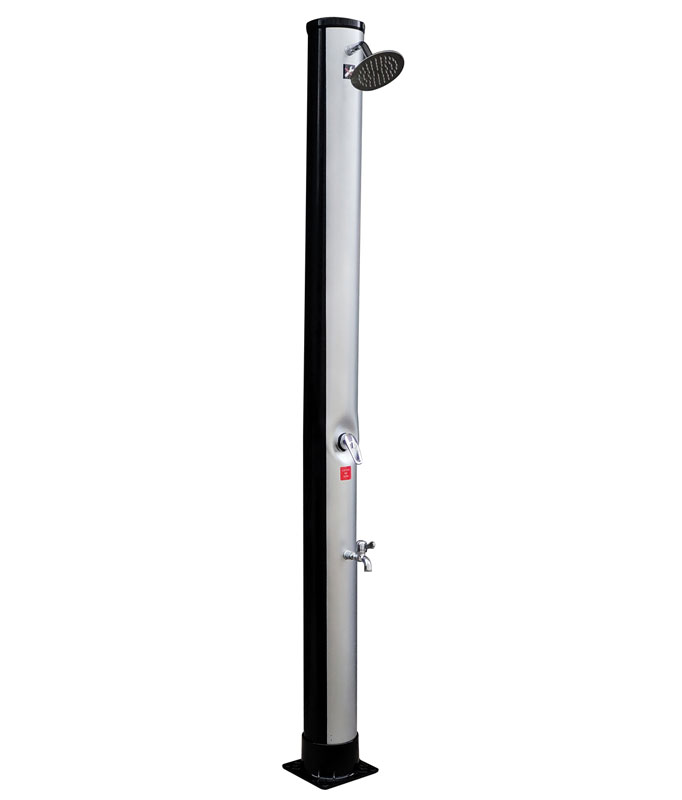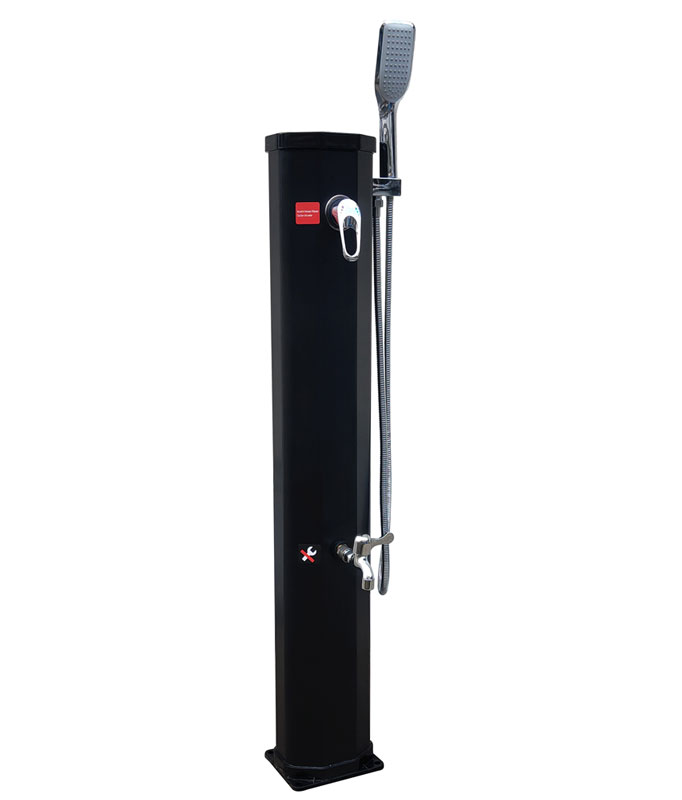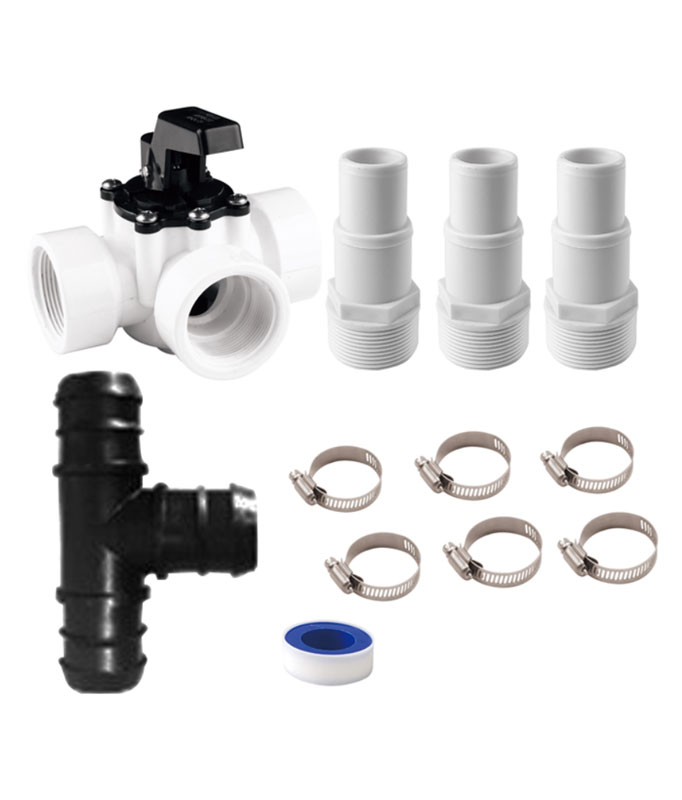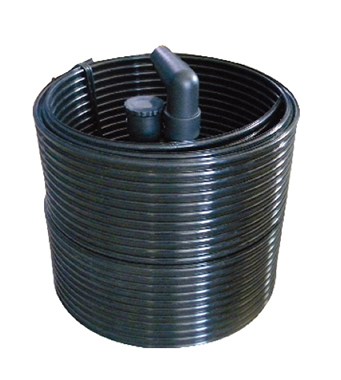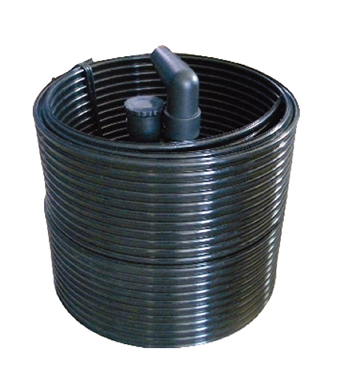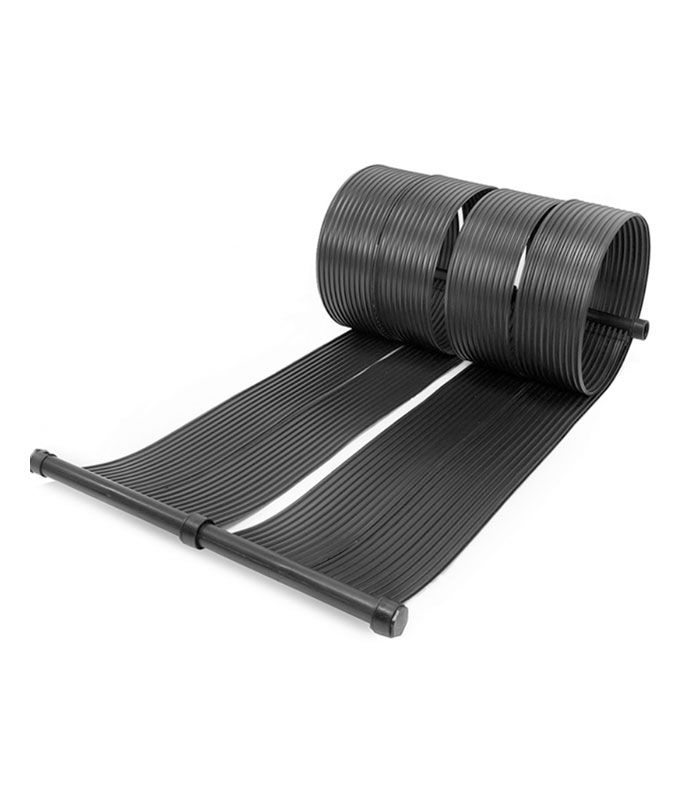Imagine your robot pool cleaner colliding with pool walls or furniture. Without a collision warning system, this happens frequently. The impacts can damage the device, scratch pool surfaces, and reduce its lifespan. Advanced systems, like those in models such as the AquaJack600, found at https://www.cnpoolstar.com/product/aquajack600-robotic-pool-cleaner-2.html, prevent these issues. Collision Warning: 5 Major Design Principles for the Impact Resistance of Robot Pool Cleaner Shells ensure durability and efficiency, saving you time and money.
Key Takeaways
- Collision warning systems keep your robot pool cleaner safe. They stop it from hitting walls or furniture, lasting longer.
- These systems make cleaning better. They guide the robot smoothly, so every part of your pool gets cleaned without skipping areas.
- Buying a robot cleaner with collision warnings saves repair costs. Fewer crashes mean less fixing and easier cleaning for you.
How Collision Warning Systems Work
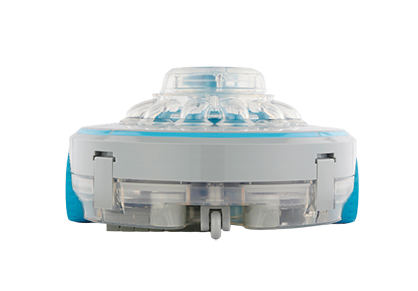
Sensors and Detection Mechanisms
Robot pool cleaners rely on advanced sensors to detect obstacles in their path. These sensors act as the "eyes" of the device, scanning the pool environment for walls, steps, or other objects. Common types of sensors include infrared, ultrasonic, and pressure-based systems. Infrared sensors measure distance by emitting light and detecting reflections, while ultrasonic sensors use sound waves to identify nearby objects. Pressure-based sensors detect changes in water pressure when the cleaner approaches an obstacle.
You might wonder why these sensors are so important. Without them, your robot cleaner would blindly bump into pool walls or furniture, causing unnecessary wear and tear. Sensors not only prevent collisions but also help the cleaner navigate more efficiently. This ensures that every corner of your pool gets cleaned without missing a spot.
How Robots Respond to Obstacles
Once the sensors detect an obstacle, the robot pool cleaner takes immediate action. It processes the information through its onboard computer and adjusts its movement. For example, if the cleaner detects a wall, it might stop, reverse, or change direction to avoid a collision. Some advanced models even calculate the best route to continue cleaning without interruption.
This quick response system ensures that your cleaner operates smoothly. It avoids unnecessary stops and starts, which can waste time and energy. By responding effectively to obstacles, the cleaner maintains its efficiency and extends its lifespan. You’ll notice fewer scratches on your pool surfaces and less damage to the cleaner itself.
Integration with Navigation Systems
Sensors and obstacle response mechanisms work hand-in-hand with navigation systems. Modern robot pool cleaners use mapping technology to create a virtual layout of your pool. This map helps the cleaner plan its route and avoid obstacles more effectively. Some models even use artificial intelligence to learn the shape and features of your pool over time.
When the cleaner integrates collision warning systems with navigation, it achieves optimal performance. It avoids repetitive cleaning of the same areas and ensures full coverage of the pool. This integration also reduces the chances of the cleaner getting stuck in tight spaces. As a result, you get a cleaner pool with less effort on your part.
By combining sensors, obstacle response, and navigation, robot pool cleaners deliver a seamless cleaning experience. These systems embody the principles outlined in Collision Warning: 5 Major Design Principles for the Impact Resistance of Robot Pool Cleaner Shells. They ensure durability, efficiency, and convenience, making them an essential feature for any pool owner.
Benefits of Collision Warning Systems

Preventing Damage to the Robot Cleaner
A robot pool cleaner is a significant investment, and protecting it from damage should be a priority. Collision warning systems act as a safeguard, preventing the cleaner from crashing into walls, steps, or pool furniture. Without this feature, repeated impacts can cause cracks, dents, or even internal malfunctions. These damages not only reduce the cleaner's efficiency but also lead to costly repairs or replacements.
By detecting obstacles early, the system ensures the cleaner adjusts its path before a collision occurs. This proactive approach minimizes wear and tear, extending the lifespan of your device. You’ll save money in the long run and enjoy a cleaner that performs reliably for years.
Protecting Pool Surfaces from Scratches and Cracks
Your pool’s surface is just as important as the cleaner itself. A robot without collision warnings can scrape against tiles, liners, or other surfaces, leaving behind unsightly marks. Over time, these scratches can weaken the pool’s structure, leading to cracks or leaks.
Collision warning systems prevent this by ensuring the cleaner navigates smoothly around obstacles. The sensors detect walls and edges, allowing the cleaner to avoid direct contact. This not only keeps your pool looking pristine but also reduces the need for expensive repairs. With this feature, you can maintain the beauty and integrity of your pool for years to come.
Improving Cleaning Efficiency and Coverage
A cleaner that constantly bumps into obstacles wastes time and energy. Collision warning systems eliminate this issue by helping the robot navigate efficiently. The sensors and navigation technology work together to create a clear path, ensuring the cleaner covers every inch of your pool.
You’ll notice a significant improvement in cleaning performance. The robot won’t miss spots or repeatedly clean the same areas. This efficient operation saves energy and reduces cleaning time, giving you a spotless pool with minimal effort. It’s a smart way to maximize the value of your cleaner.
Enhancing User Convenience and Reducing Maintenance
Collision warning systems make your life easier. You won’t have to constantly monitor the cleaner or rescue it when it gets stuck. The system ensures smooth operation, allowing you to focus on other tasks or simply relax.
Additionally, fewer collisions mean less maintenance. You won’t have to deal with frequent repairs or replacements, saving you time and money. The cleaner operates reliably, giving you peace of mind and a hassle-free pool cleaning experience.
Tip: When choosing a robot pool cleaner, look for models that incorporate advanced collision warning systems. Features like durable materials, strategic sensor placement, and robust navigation are key. These align with the principles outlined in Collision Warning: 5 Major Design Principles for the Impact Resistance of Robot Pool Cleaner Shells, ensuring durability and efficiency.
Collision Warning: 5 Major Design Principles for the Impact Resistance of Robot Pool Cleaner Shells
Principle 1: Durable Materials for Shell Construction
The materials used in a robot pool cleaner's shell play a crucial role in its durability. You should look for cleaners made from high-quality, impact-resistant materials like ABS plastic or polycarbonate. These materials can withstand repeated bumps and harsh pool chemicals without cracking or degrading. A durable shell ensures your cleaner remains functional even after years of use. By prioritizing strong materials, manufacturers enhance the overall lifespan of the device.
Principle 2: Strategic Placement of Sensors
Sensors are the backbone of collision warning systems. Their placement directly affects the cleaner's ability to detect obstacles. Sensors positioned at the front, sides, and bottom of the cleaner provide comprehensive coverage. This strategic arrangement allows the device to identify obstacles from multiple angles. When sensors are placed thoughtfully, your cleaner can navigate smoothly and avoid unnecessary collisions.
Principle 3: Advanced Obstacle Detection Algorithms
Sensors alone are not enough. The cleaner also needs advanced algorithms to process the data. These algorithms analyze sensor input and predict potential collisions. For example, they can calculate the distance to an obstacle and determine the best course of action. With these algorithms, your cleaner becomes smarter and more efficient, ensuring optimal cleaning performance.
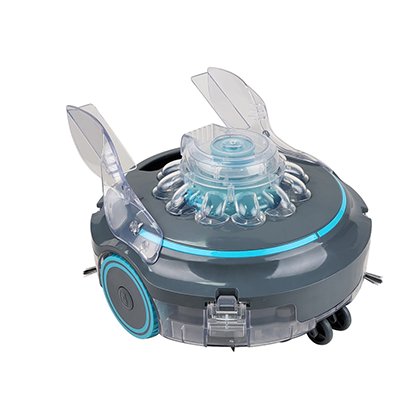
Principle 4: Real-Time Feedback Mechanisms
Real-time feedback is essential for immediate adjustments. When the cleaner detects an obstacle, it sends signals to its motor and navigation system. This instant communication allows the device to change direction or stop before a collision occurs. Real-time feedback ensures your cleaner operates smoothly, reducing the risk of damage to both the device and your pool.
Principle 5: Integration with Robust Navigation Systems
A robust navigation system ties everything together. It uses data from sensors, algorithms, and feedback mechanisms to create a seamless cleaning experience. Some systems even include mapping technology to learn the layout of your pool. This integration ensures your cleaner avoids repetitive cleaning and covers every inch of the pool. With a strong navigation system, you get a cleaner that is both efficient and reliable.
Note: These principles are the foundation of Collision Warning: 5 Major Design Principles for the Impact Resistance of Robot Pool Cleaner Shells. When choosing a cleaner, ensure it incorporates these features for maximum durability and performance.
Drawbacks of Not Having Collision Warning Systems
Increased Risk of Damage to the Robot and Pool
Without collision warning systems, your robot pool cleaner becomes vulnerable to frequent impacts. Each collision increases the risk of cracks, dents, or internal damage to the device. These impacts can also harm your pool’s surfaces, leaving scratches or weakening tiles. Over time, the damage accumulates, leading to costly repairs for both the cleaner and the pool.
Tip: Regularly inspect your robot cleaner for signs of wear if it lacks collision warnings. Early detection can prevent further damage.
Higher Maintenance Costs Over Time
A robot cleaner without collision detection requires more frequent maintenance. The repeated impacts can loosen parts, damage sensors, or cause motor failures. These issues demand repairs or replacements, which add to your expenses. You’ll find yourself spending more time and money on upkeep, reducing the overall value of your investment.
- Common maintenance issues:
- Cracked shells
- Malfunctioning motors
- Damaged sensors
Reduced Lifespan of the Robot Pool Cleaner
Collisions shorten the lifespan of your robot cleaner. Constant impacts wear down its components, making it less reliable over time. A cleaner that could last years may fail prematurely due to avoidable damage. This means you’ll need to replace it sooner, increasing your long-term costs.
Inefficient Cleaning Performance
A robot cleaner that bumps into obstacles wastes time and energy. It may miss spots or repeatedly clean the same areas. This inefficiency leaves your pool dirty and forces you to spend extra time manually cleaning missed sections. Collision warning systems ensure smooth navigation, but without them, your cleaner struggles to deliver consistent results.
Note: Investing in a cleaner with collision warnings improves performance and saves you effort.
Collision warning systems are essential for robot pool cleaners. They protect your investment, improve cleaning efficiency, and reduce maintenance. Choosing a model with this feature ensures durability and better performance.
Tip: Always prioritize cleaners with advanced collision detection. This choice saves you money and keeps your pool spotless with minimal effort.
FAQ
What types of sensors are best for collision warning systems?
Infrared and ultrasonic sensors work best. Infrared detects obstacles using light, while ultrasonic uses sound waves. Both ensure accurate detection and smooth navigation for your robot pool cleaner.
Can collision warning systems reduce maintenance costs?
Yes! These systems prevent damage to your cleaner and pool surfaces. Fewer collisions mean fewer repairs, saving you time and money on maintenance over the long term.
How do I know if a robot cleaner has a good collision warning system?
Look for features like multiple sensors, real-time feedback, and advanced navigation. These ensure efficient cleaning and protect your investment from unnecessary wear and tear.
Tip: Always check product reviews and specifications before purchasing a robot pool cleaner.

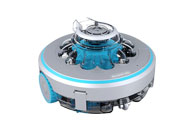 Robotic Pool Cleaner
Robotic Pool Cleaner 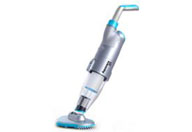 Portable Pool Vacuum Cleaner
Portable Pool Vacuum Cleaner 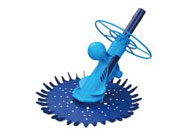 Automatic Pool Cleaner
Automatic Pool Cleaner 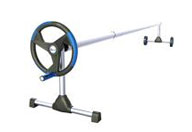 Pool Cover Reel
Pool Cover Reel 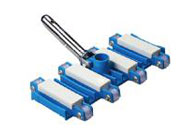 Pool Cleaning Accessories
Pool Cleaning Accessories 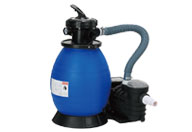 Pool Filter Pump
Pool Filter Pump 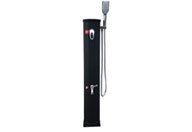 Pool Solar Shower
Pool Solar Shower 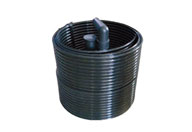 Pool Solar Collector
Pool Solar Collector 